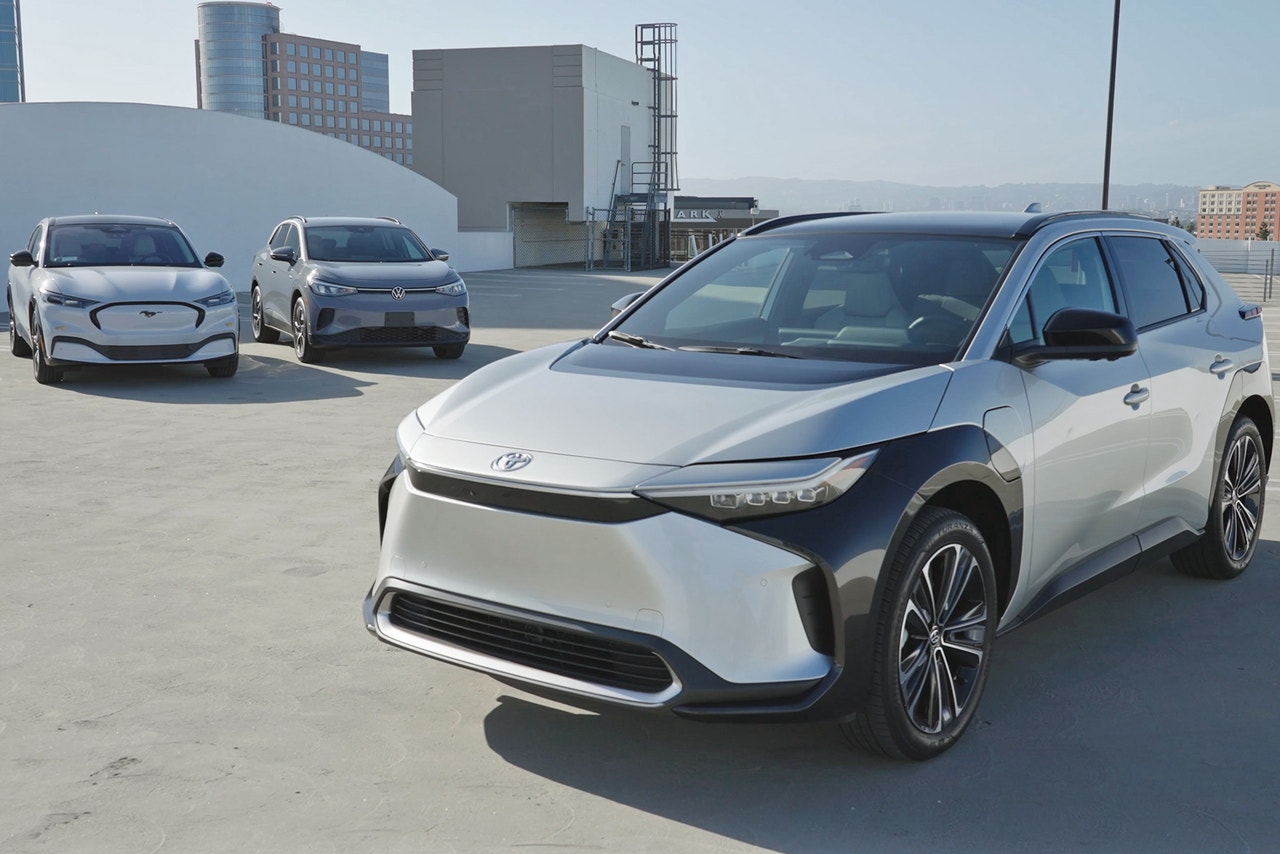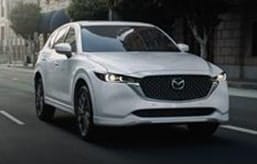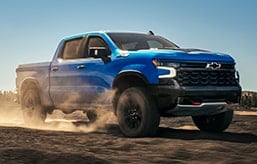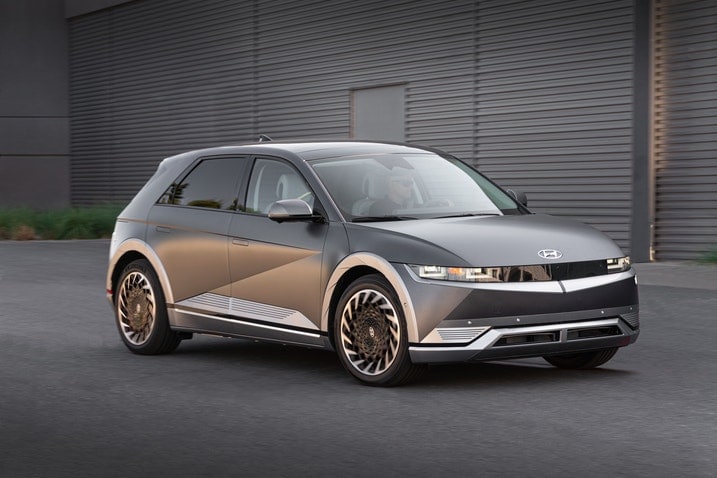- The Inflation Reduction Act is now law, and with it comes new EV tax credits.
- Unfortunately, most new EVs do not qualify for the cash incentive because of a last-minute addition to the law.
- Some cars are still eligible for the previous federal credit until the end of the year.
Here's How to Take Advantage of the New Federal EV Tax Credits
We break down the good and bad news from this change
With the Inflation Reduction Act now signed into law, car buyers interested in purchasing an electric vehicle have a new set of federal cash incentives to consider. Some of these changes are already in effect, while others kick in at the start of the new year.
Our senior consumer advice editor, Ron Montoya, has updated our Electric Vehicle Tax Credits: What You Need to Know article with the latest information explaining the new EV credits. This surge of new information can be overwhelming, so here is a quick take on what you can expect and how to best take advantage of the new laws.
Am I Ready for an EV?
- EV ownership works best if you can charge at home (240V outlet)
- Adding a home charging system is estimated to cost $1,616 in
- Edmunds is partnering with Treehouse, an independent provider of home EV installation services. Learn more about the installation services partnership
The good news
Any government action to promote the sale of EVs should be welcomed. Ultimately, if buying electric is less expensive, then that is a win for the consumer.
- Just like before, there is a federal tax credit of up to $7,500 available toward the purchase of a new EV or plug-in hybrid. Only this time around, the qualifiers to get that money are different and admittedly stricter. These new rules apply to vehicles purchased through 2032.
- The manufacturer cap of 200,000 EV credits is now gone. That means select vehicles from Tesla and General Motors will once again be eligible for federal money starting on January 1.
- The new rules no longer take into account battery size, so specific plug-in models are now eligible for the full $7,500 credit. Vehicles such as the Ford Escape Plug-In Hybrid and Audi Q5 Plug-In Hybrid are suddenly much better deals.
- Used electric cars are also eligible for incentives. The credit is either 30% of the car's purchase price or $4,000 — whichever is less. But there are a lot of restrictions surrounding this credit.
The less-good news
While the incentives listed above are all great on paper, the law also sets requirements to actually qualify for the money. Both the car and the buyer have to meet certain criteria to be eligible, including:
- One of the most contentious add-ins with the new rules concerns the final vehicle assembly in North America. This states that an EV or plug-in hybrid must be assembled in Canada, Mexico or the United States in order to qualify. Additionally, the car's critical battery minerals and components must be at least partially made in the U.S. The requirements for U.S. production become more strict in the coming years.
- Sorry, Porsche and Lucid buyers, your discount days are coming to an end. Starting in the new year, electric SUVs and pickup trucks must not cost more than $80,000, while any other vehicle must not surpass $55,000 in order to qualify. These price caps will also rain on the parade of aforementioned companies like Tesla.
- The government is now setting limits on buyers' personal income for EV credits. Modified adjusted gross income cannot exceed $300,000 for joint filers, $225,000 for heads of households, and $150,000 for individuals.
The bad news
Once all of this was made public, it didn't take long for people to dig in and realize something big: The majority of EVs on sale today will not qualify for any federal tax credits. On the surface of things, that is a major problem with these new rules.
- There are roughly 20 vehicles that still qualify for the credit, and that list will change starting in January. But far more cars became ineligible the moment the bill was signed into law. Some of our highest-rated EVs, such as the Hyundai Ioniq 5, BMW i4 and Polestar 2, are among them. If you purchased any of these cars prior to August 16, 2022, the credit should still be valid on your 2023 income tax return.
Edmunds says
The transition to electrified vehicles is already a sore spot for a large section of the American public and, at least for now, this new set of rules won't help alleviate that.
These regulations are designed to incentivize domestic vehicle production and strengthen the U.S. supply chain, but the reality is that the automotive industry just isn't there yet. And because of that mismatch, the savings are not passed on to the consumer. As car manufacturers move more of their production and sourcing to North America, that dynamic will hopefully shift to benefit your wallet.





 by
by